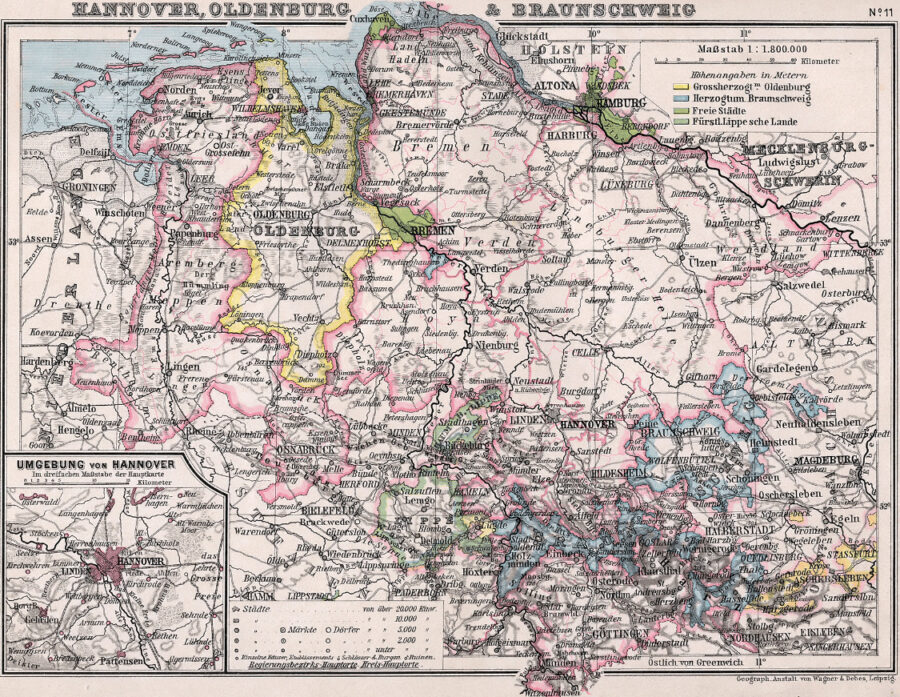I was recently reading the memoirs of my wife’s late grandmother, and noticed a line that mentioned an ancestor who had fought with Napoleon’s army. Intrigued, I decided to go looking for him, and found a tremendous resource for anyone whose ancestors fought in the French army during the Napoleonic wars, which took place between 1792 and 1814.
Geneanet’s “Napoleon’s Soldiers” is a collection of muster rolls from the period. Considering it’s all in French, I’ve produced a guide to understanding what the columns say, and some clues as to what the handwritten notes within contain.










